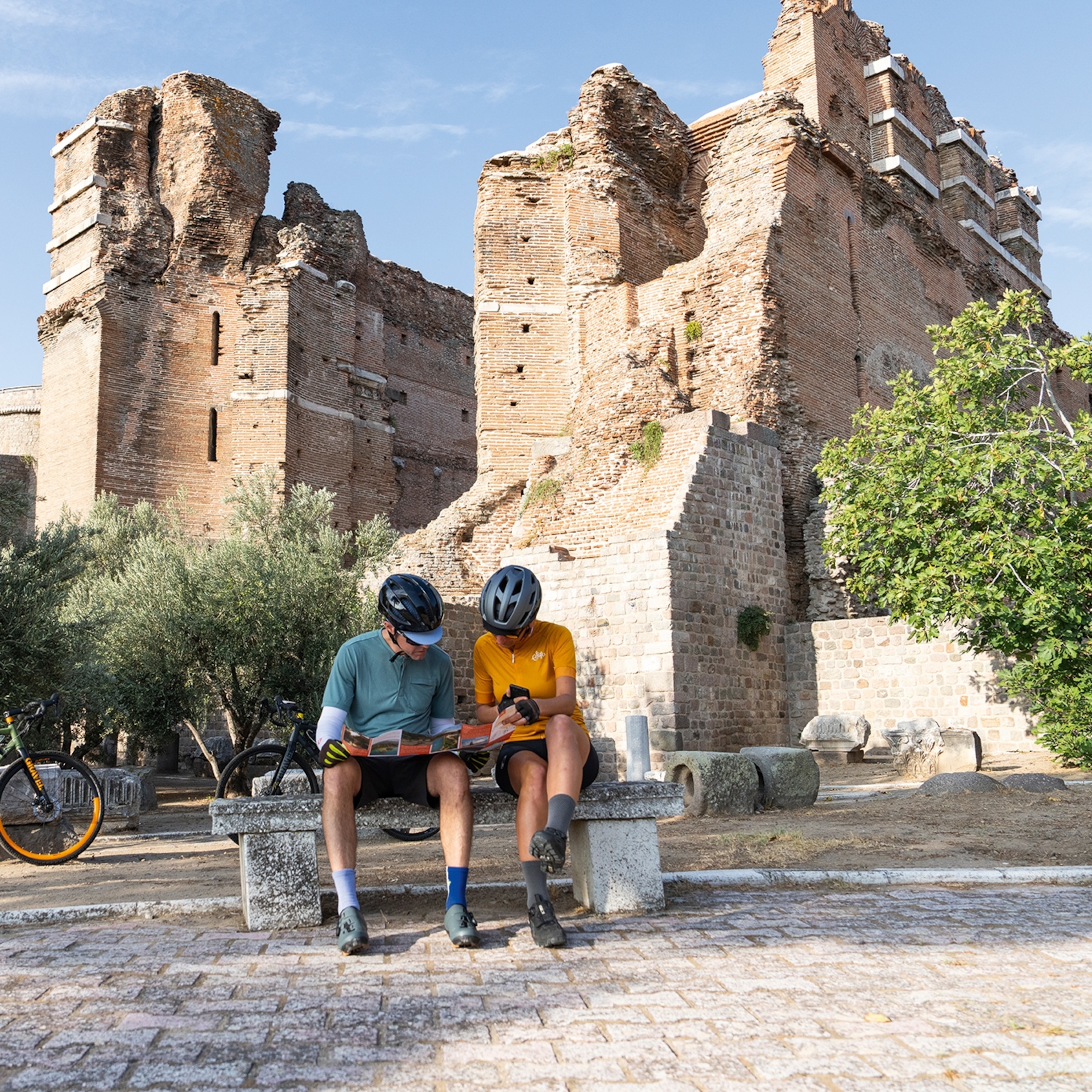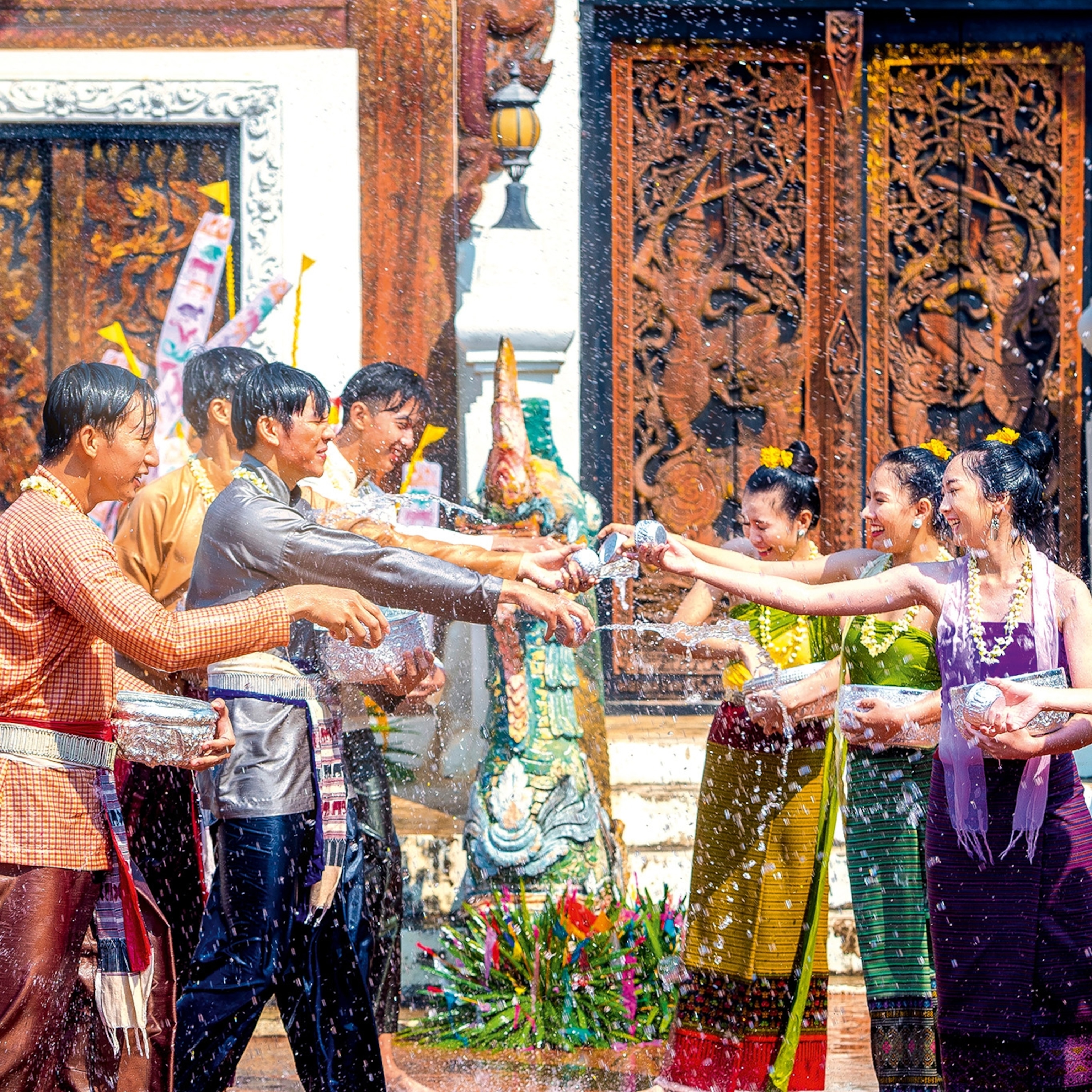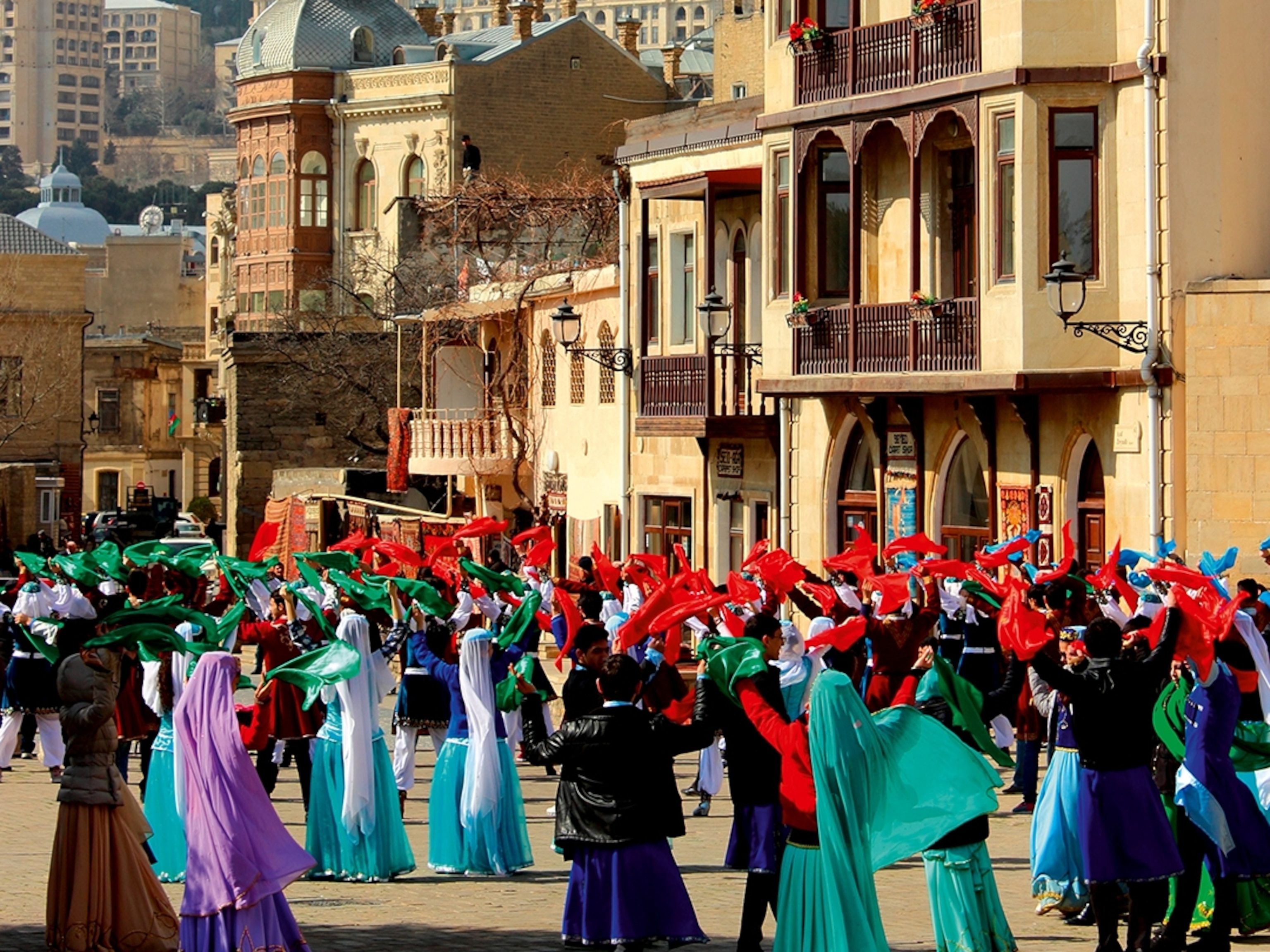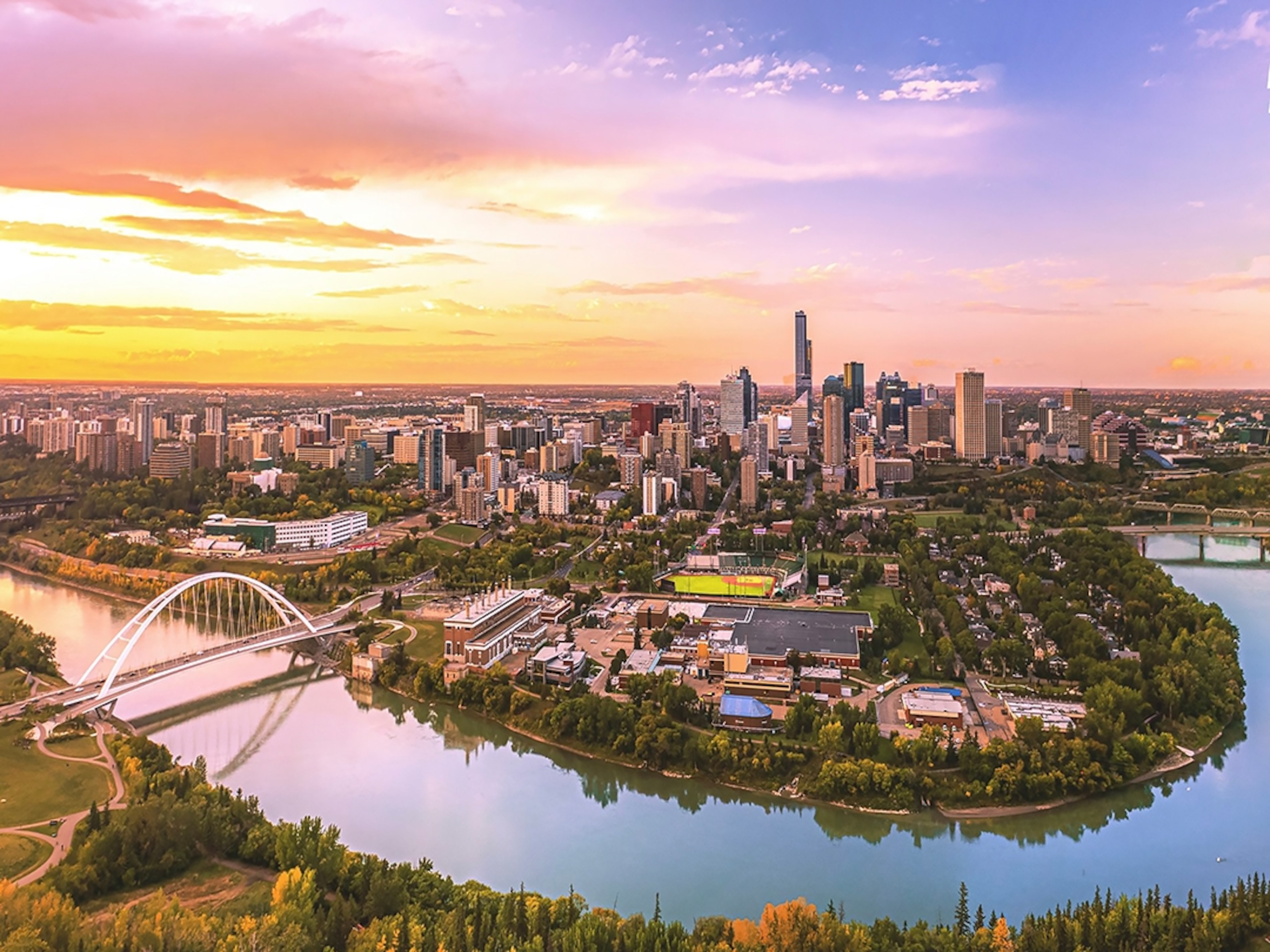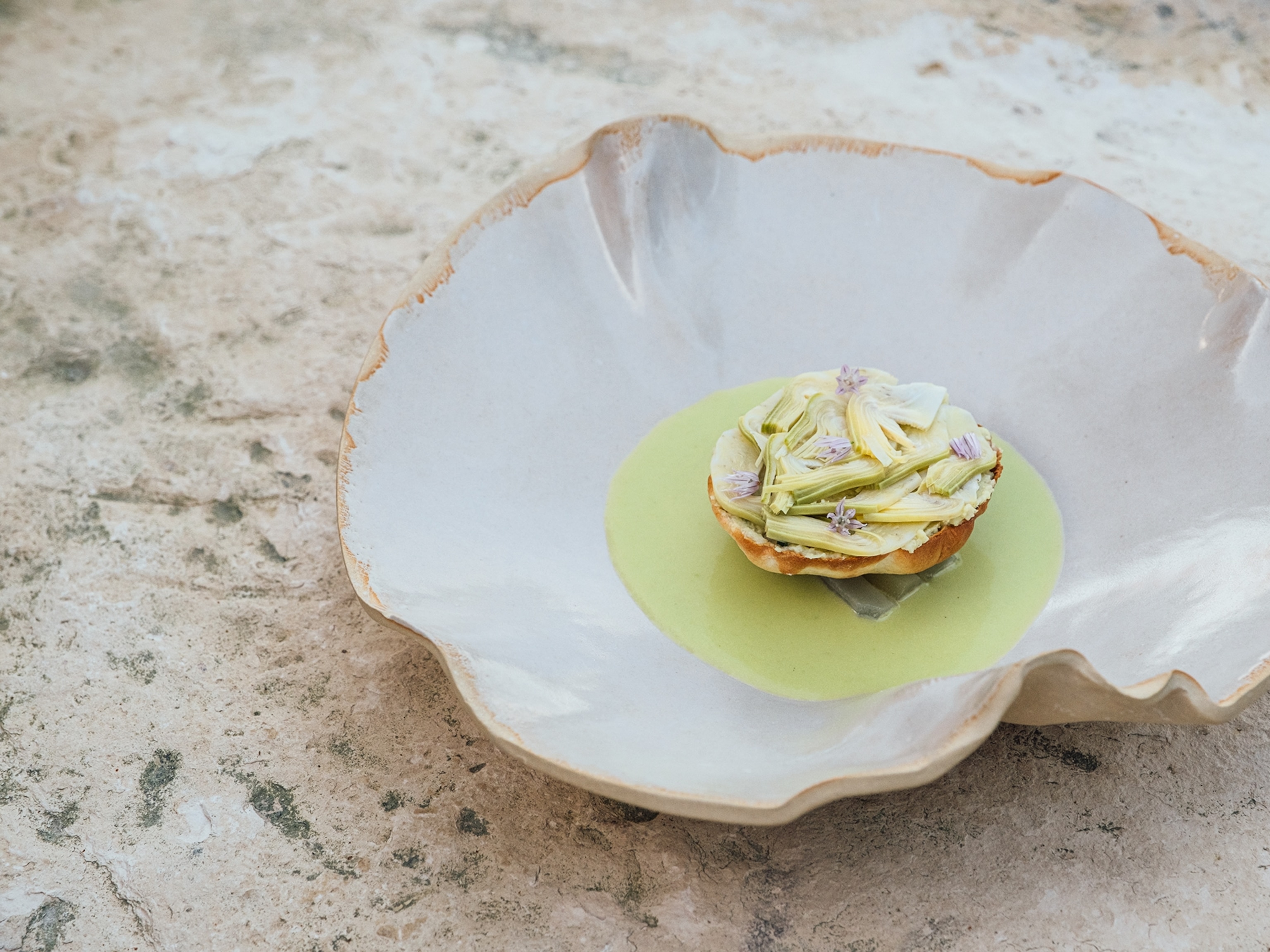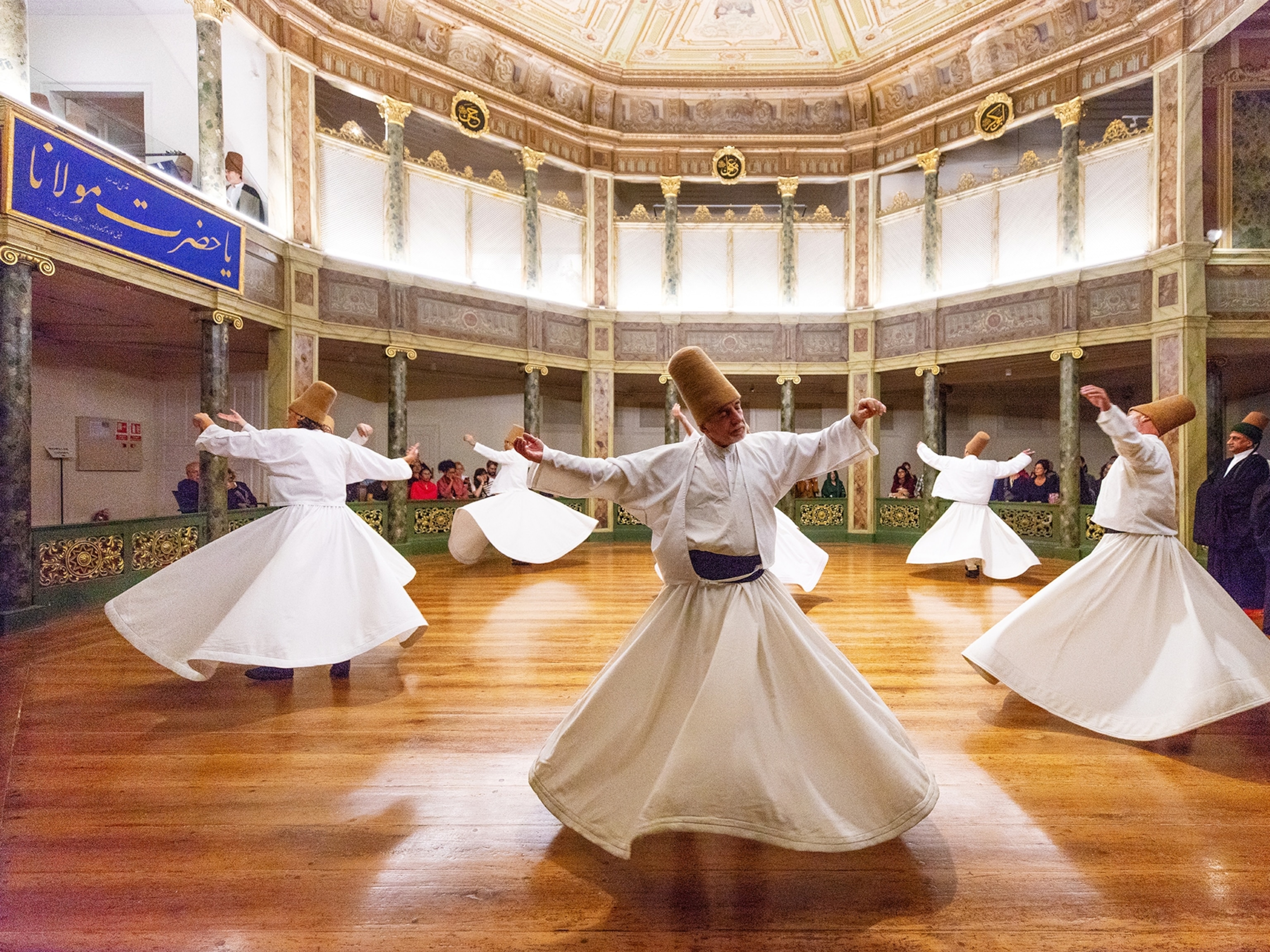Inside Turkey’s ancient oil wrestling championship
This real-life clash of the titans was once used as a morale booster for Ottoman troops and now draws visitors from all over the world to the country’s westernmost city.
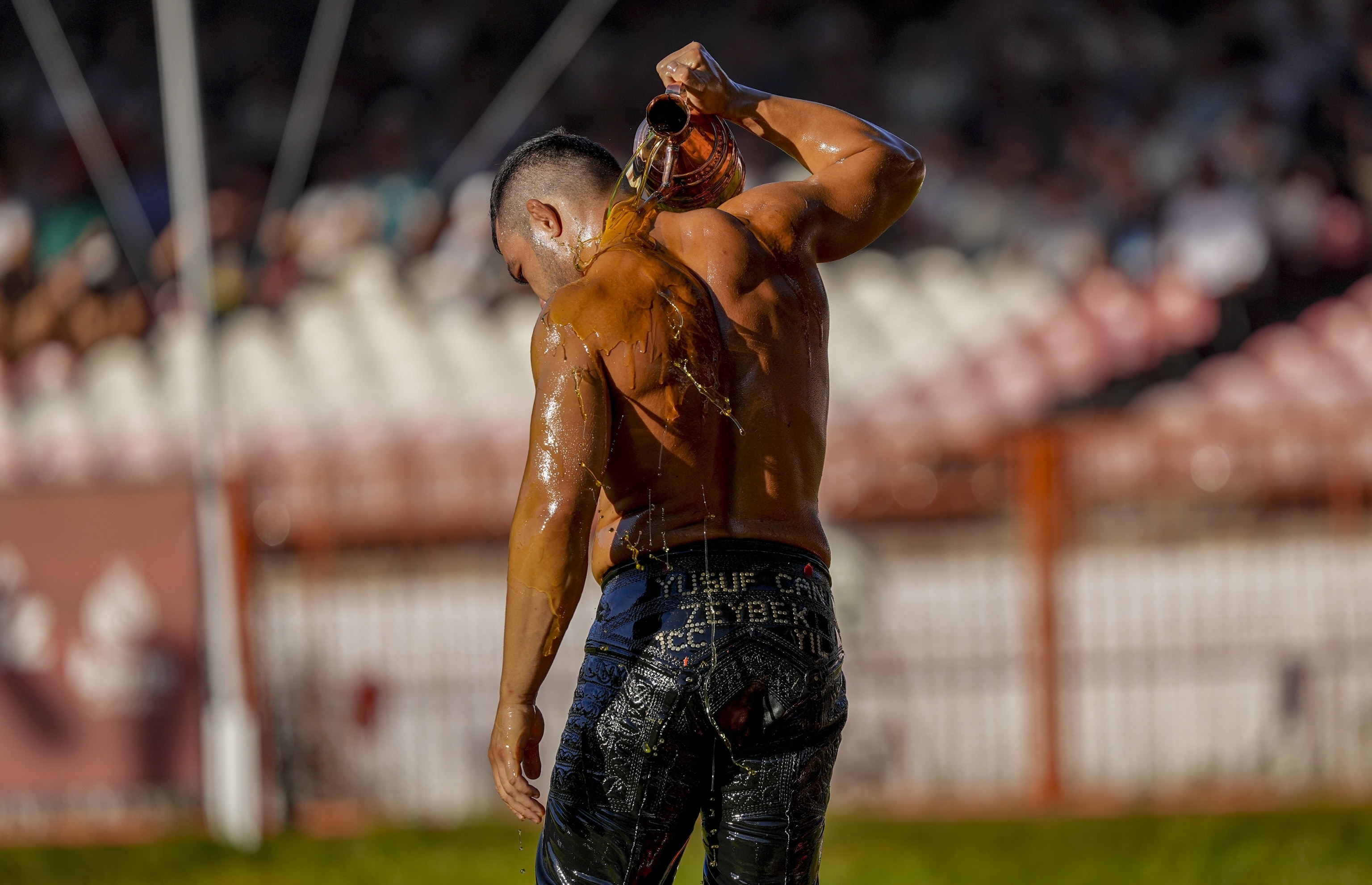
Under the scorching heat of the Turkish sun, two men clash, their interlocked bodies gleaming with oil, every muscle taut with strain. The hot air smells of trampled grass. Drums beat steadily, occasionally interrupted by the men’s grunts. Both claw into sweaty skin, their hands delving deep into their opponent’s leather shorts for purchase — the only way to win this oily battle.
This is oil wrestling, an ancient sport practised in Turkey and parts of Iran and the Balkans. At its heart, it consists of two pehlivan (wrestlers) doused in olive oil, locked in a slippery struggle. Clad only in black buffalo-hide shorts, with their names embroidered on the back, wrestlers grapple, push and pull to gain the split-second upperhand to pin their opponent’s shoulders to the ground, achieving victory and honour in the process.

Here, at the Kırkpınar oil wrestling festival, in the western Turkish city of Edirne, the stakes are as high as they get. Each July, Turkey’s top pehlivans gather for this ultimate showdown. Now in its 664th year, it’s one of the world’s oldest sporting events. The competition is believed to have originated as a morale booster for Ottoman troops, and later evolved into a festivity honouring sultans. However, oil wrestling as a sport predates the Ottomans, with its roots in the region tracing back to the eighth century BCE during Greco-Roman times. In the ancient Olympic Games, wrestling matches featured oil to enhance the challenge.
In the early rounds, multiple duels unfold simultaneously across the grass arena, with eager fans scanning for the next slip or takedown. But my eyes are fixed on the match in front of me, between Yusuf Can Zeybek and his opponent. Though not the tallest or bulkiest, Yusuf Can is a force to reckon with. His speed and unforgiving precision earned him last year’s golden belt and the prestigious title of başpehlivan (chief wrestler).
“It’s the highest rank,” says Ahmet Taşçı, when I meet him in the barracks behind the stadium later. I recognise him from the statues at the stadium’s entrance — he’s among a select pantheon of legendary pehlivans, immortalised for their extraordinary feats. Though he’s now in his late 60s, the short, herculean man isn’t much different from his statue, with its broad shoulders and chiselled abdominals etched in glistening black granite.
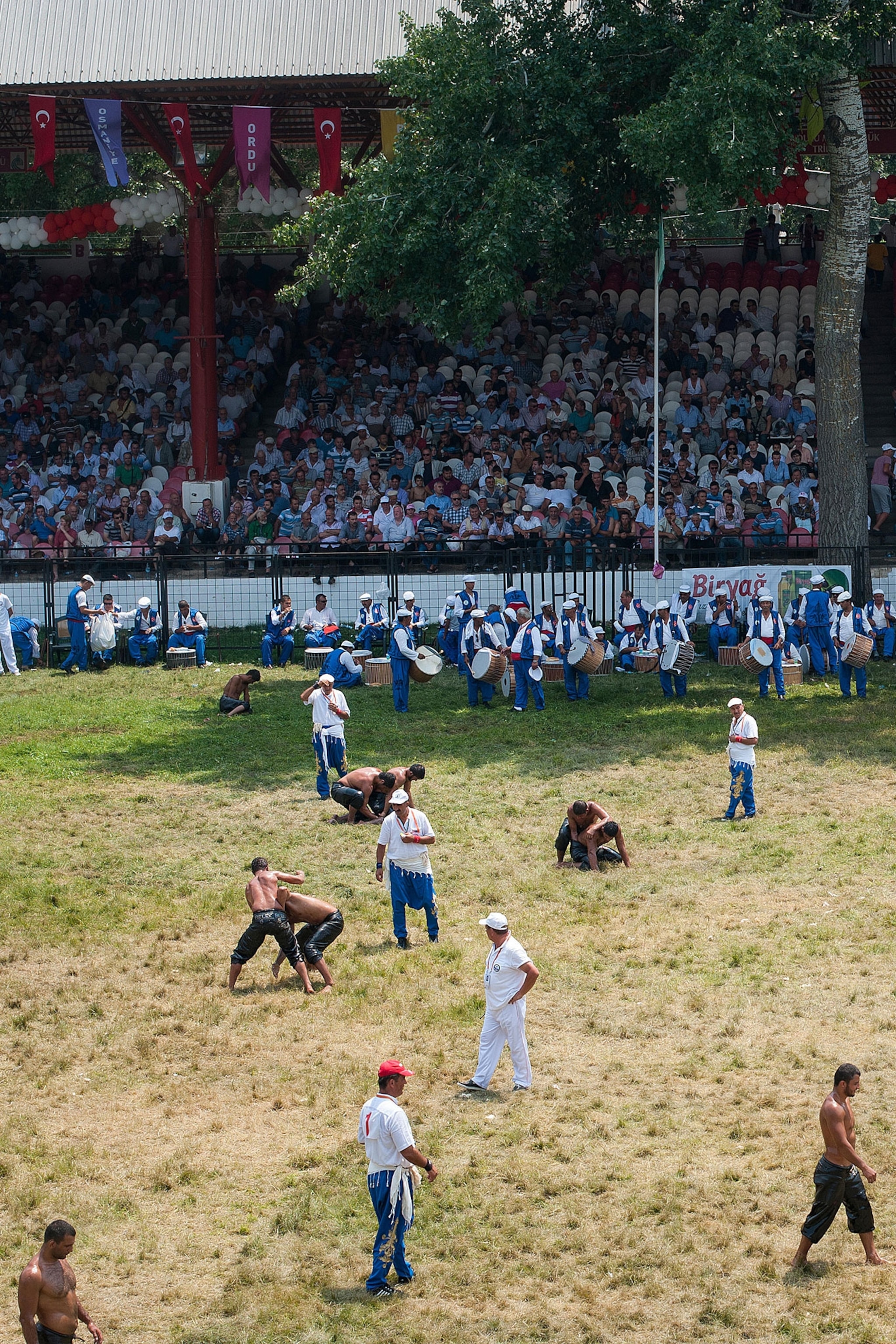
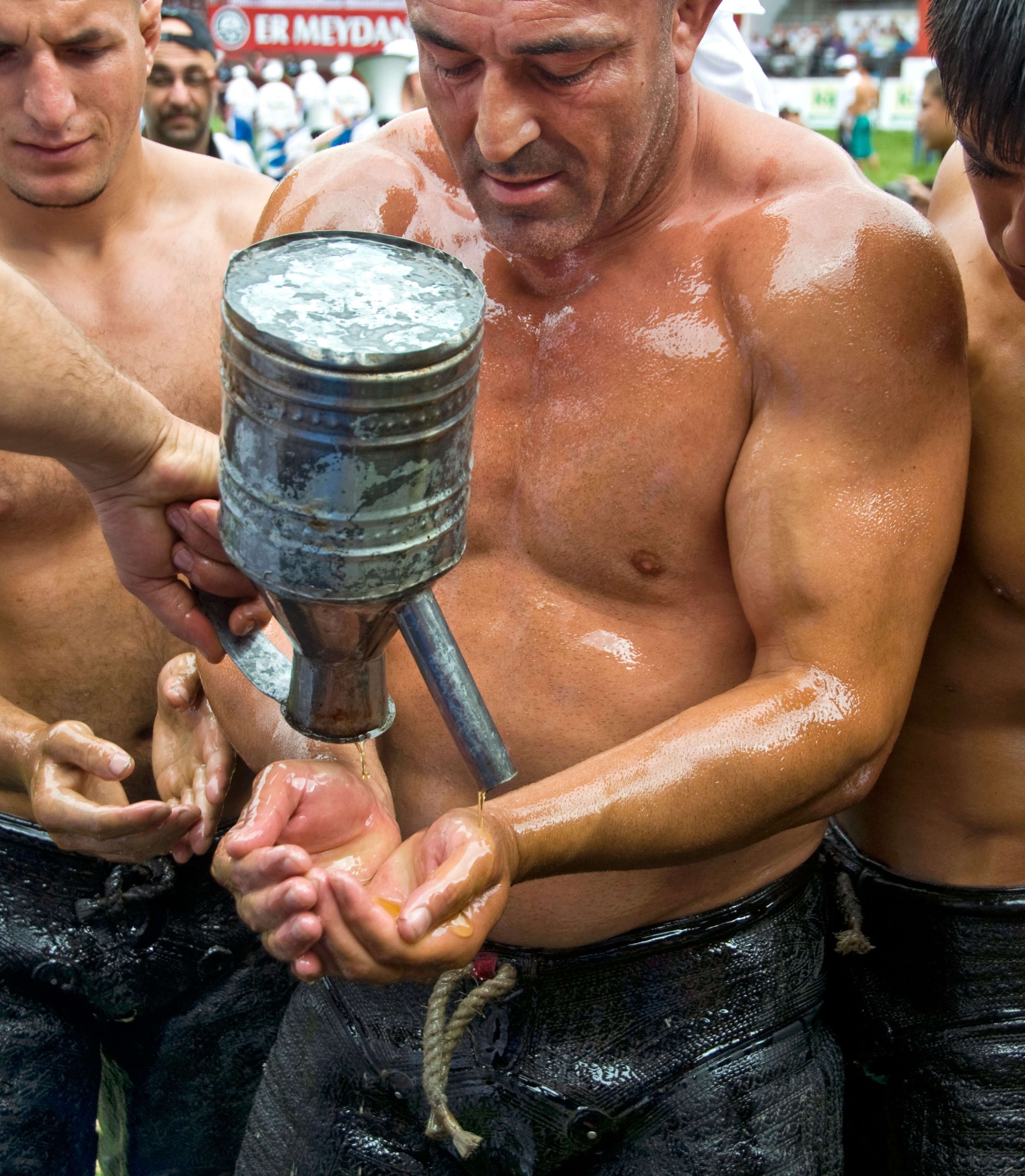
“You must dedicate your life to the craft to become a başpehlivan at Kırkpınar,” he says, as young wrestlers gather around him for selfies. Ahmet, a nine-time champion, is the only living holder of the eternal golden belt, awarded to those who achieve three consecutive victories. His handshake leaves no doubt — 20 years after retiring from the sport, he could still toss me around like a sack of hay.
“Today’s youngsters are more drawn to glory than tradition,” he continues. “But oil wrestling is about sportsmanship and respect.” Before matches, wrestlers perform the peşrev, a ritual where wrestlers slap their thighs rhythmically as they walk in a toy soldier-like fashion to each side of the stadium to greet the audience and then kneel to salute the soil, symbolising their eventual return to nature. After the match ends, the winner lifts and embraces their opponent, ensuring a respectful conclusion.
Wrestlers’ families make up much of the audience, especially in the early rounds. Though oil wrestling is known across Turkey, it remains a niche spectator sport. Its most devoted fans come from provinces like Balıkesir, in the west of Turkey, and Antalya in the south, home to Yörüks — semi-nomadic, pastoral Turkic communities who have long upheld the tradition.
While the Yörüks come to Edirne to watch their wrestlers compete, Kırkpınar also attracts travellers for reasons beyond oil wrestling. Once rooted in the Ottoman era as a purely wrestling competition, it has grown into a wider celebration of culture. Recognised as a UNESCO Intangible Cultural Heritage, Kırkpınar has, in recent years, transformed from a three-day sporting event into a week-long celebration with traditional dance shows, food markets and concerts by beloved Turkish artists, culminating in the grand weekend when the championship takes centre stage.
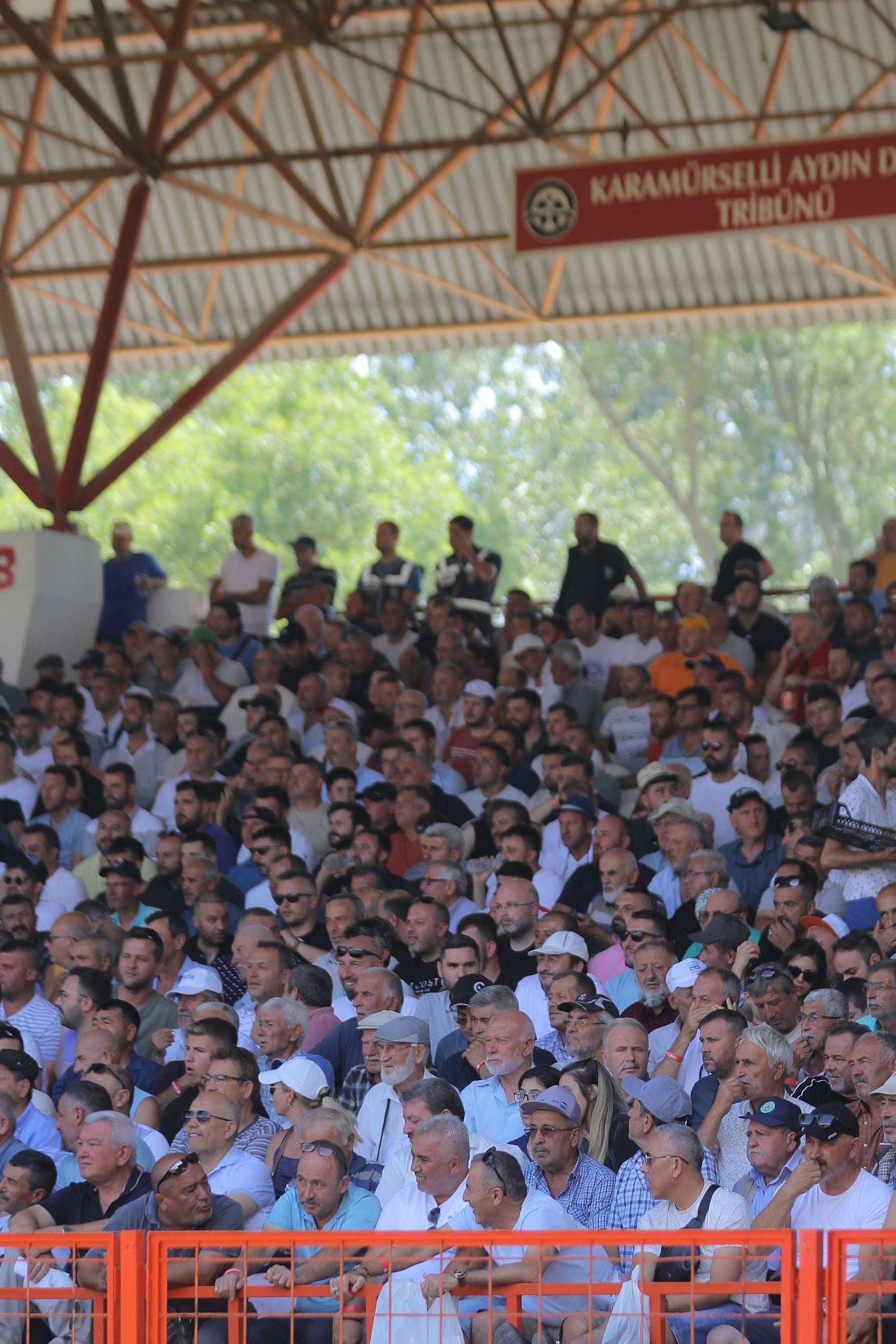

On Sunday, the day of the final match, I explore Edirne’s city centre in the morning as the early rounds unfold. Located just a 10-minute drive from the Greek border, the city served as the Ottoman capital in the 15th century. After a half-hour walk through the residential neighbourhoods separating the festival grounds from the town centre, I arrive on a hill overlooking the city’s busy, cobblestone streets. This is the site of Edirne’s crown jewel: the Selimiye Mosque, a UNESCO World Heritage Site and Ottoman architect Mimar Sinan’s magnum opus. With its vast dome and colourful tile-adorned interiors, it’s a breathtaking symbol of the Empire’s golden age.
Down the hill, all kinds of shops welcome visitors. But the most inviting are the restaurants that fill the air with the scent of fried calf liver, Edirne’s signature dish. Lightly floured and fried to a crisp, it’s served with onions, tomatoes, chilli dip and bread, perfectly nutty and melt-in-your-mouth.
A few streets away, I pass taverns getting ready for the evening. Patrons will fill tables for a classic meyhane night, which sees tables covered with shared meze plates, the aniseed smell of Turkey’s national drink raki accompanying the food and the rich, joyous music of Roma musicians playing clarinets and darbuka (goblet drums) in exchange for tips.
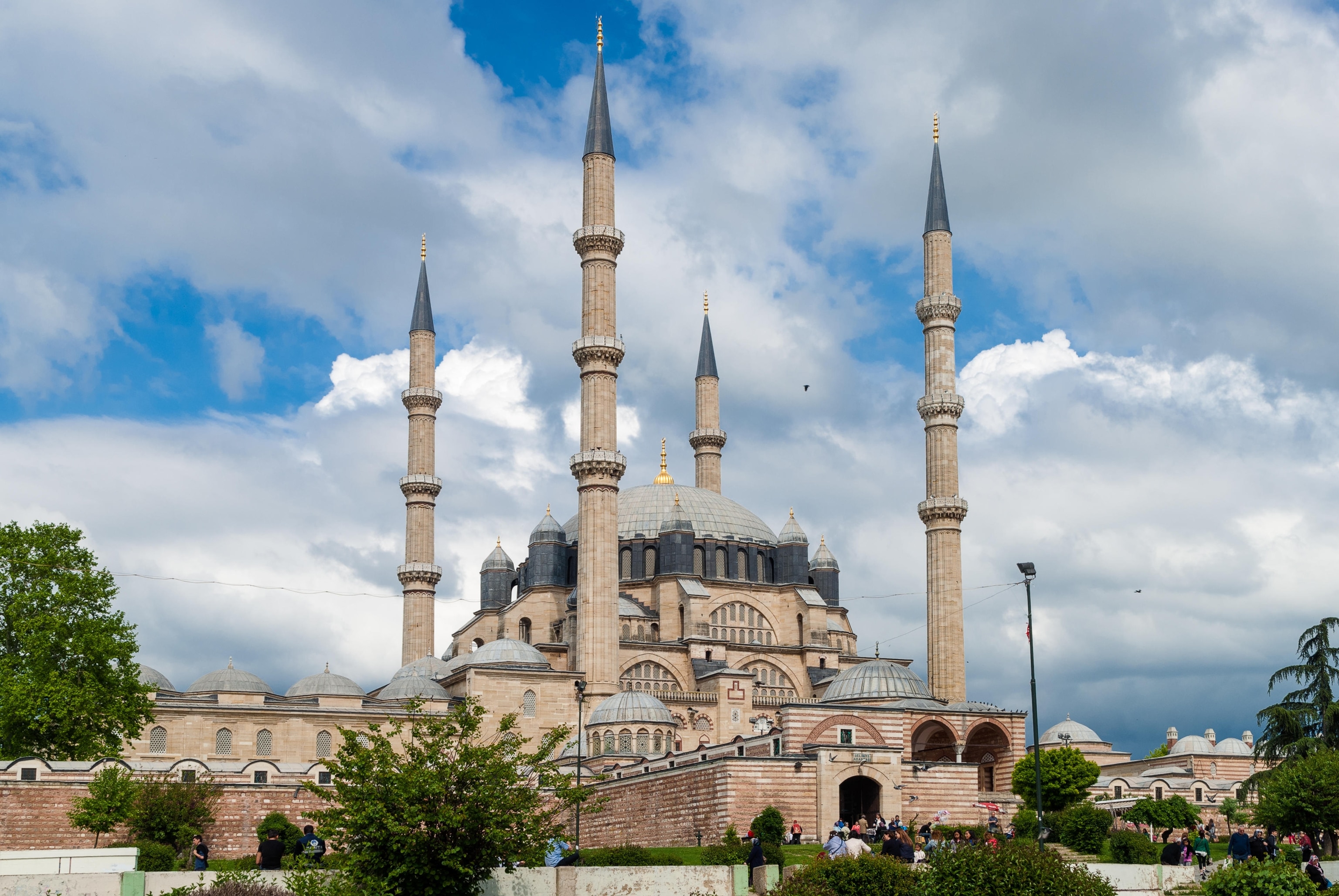
Later that day, I return to Kırkpınar to catch the final match and find the air in the stadium thick with anticipation. Spectators fill every seat and stair, as lighter-weight finals wrap up ahead of the main event. Among the crowd are political figures, including Istanbul’s mayor, the opposition leader and even former presidents of other nations.
The finalists, both from Antalya, are Yusuf Can Zeybek and Mustafa Taş. Yusuf Can, the defending champion, stands at 5ft 10 inches; he’s shorter than the average wrestler but is known as the yorulmaz pehlivan (tireless wrestler) for his endless stamina. Mustafa, on the other hand, is a towering 6ft 3-inch, 240-pound force and the 2022 titleholder.
The clash of the titans begins with quick, calculated moves as the wrestlers try to find an opening to gain the upperhand, but it soon becomes a tense deadlock, their steps slowing on the grass as neither yields an inch. Then, in the 52nd minute, Yusuf Can strikes. With precision and speed, he grabs Mustafa’s waistband and leg, toppling him for a sudden, decisive victory. Taking this as their cue, the crowd rushes the field.
For the second year in a row, Yusuf Can proves that oil wrestling demands not just strength, but resilience and cunning. In July 2025, he will chase history —a third consecutive win, and the honour of becoming one of only two living holders of the eternal golden belt. Yet for Yusuf Can, the stakes are deeply personal. I catch him during his post-match interview on the field amid a gaggle of reporters and fans. “I wrestled for her,” he says referring to his late mother, holding back his tears. “I’ll take the belt back to my village and lay it at her grave.”
How to do it
Where to stay:
Rüstempaşa Kervansaray Hotel. Built in the 16th century by the famed Ottoman architect Mimar Sinan, this historic caravanserai once sheltered Silk Road traders. Today, it offers a unique stay in the heart of Edirne, with stone-vaulted rooms surrounding a tranquil courtyard. A short walk from the Selimiye Mosque, it’s an atmospheric base for exploring the city’s rich history.
From €40 (£33). Prices may vary during the weekend of the festival.
Getting there:
The nearest international hub to Edirne is Istanbul Airport, approximately a two-hour drive away. Direct trains run from Istanbul Halkalı station to Edirne centre for 240 TRY (£5.40).
More info:
edirne.bel.tr
